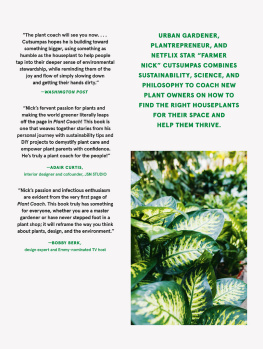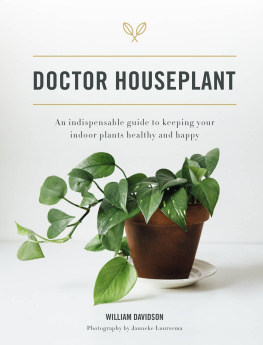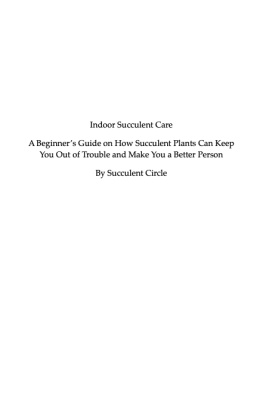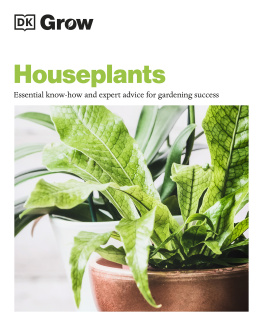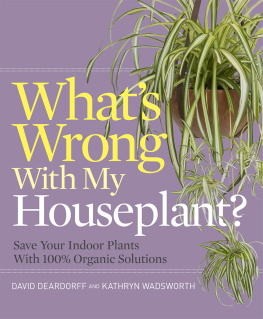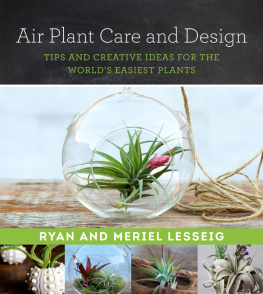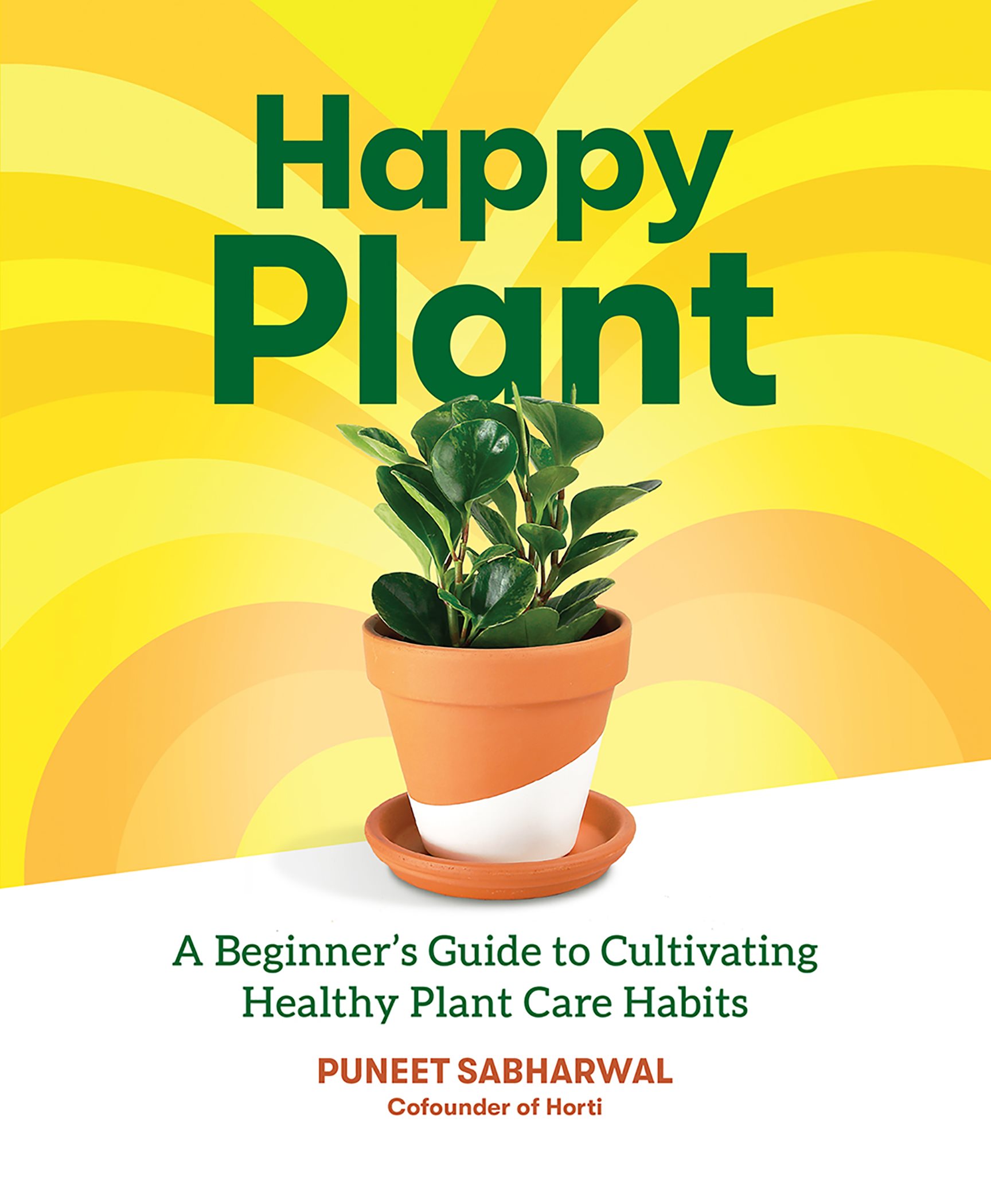Contents
Guide
Pagebreaks of the print version
Happy Plant


To my mom, for forcing me to water her plants.
To the Brooklyn Beloveds, for believing in Horti.
To all the plants I have unintentionally killed
this book wouldnt exist without you.

CONTENTS

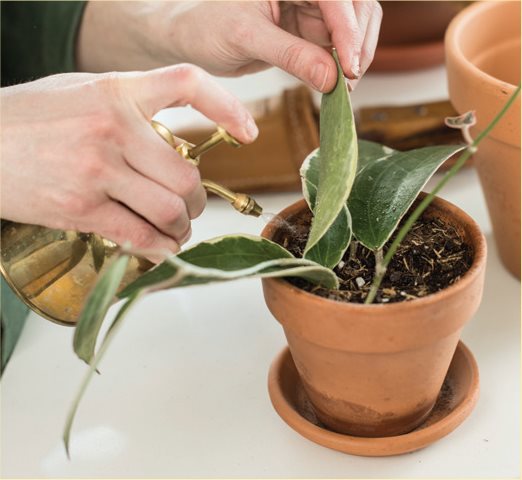
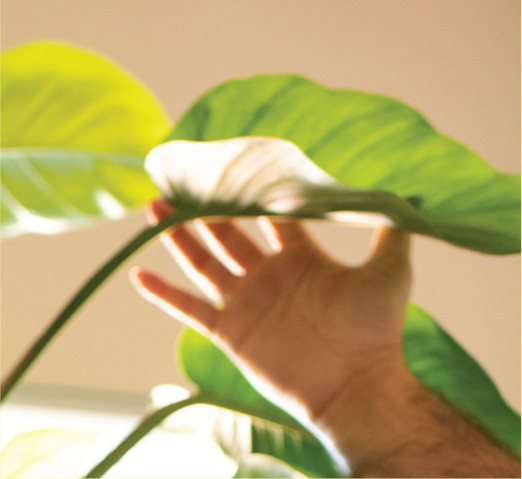

FOREWORD
T here are plenty of books out there for houseplant enthusiasts to dig into (we know because we wrote one!), but were glad youve chosen Happy Plant . This is a book that will share the fascinating facts of plant evolution as well as essential care advice, all told in in Puneet Sabharwals signature encouraging voice. We met Puneet through Instagram and quickly learned that he is a wise and giving plant person who shares our love for all things green and hopes to share this love with as many people as possible.
Reading this book is like stepping into Puneet and Bryana Sortinos immersive studio called Horti Play in Greenpoint, Brooklyn, where plants are treated with respect and admiration. In these pages, you will learn more about why plants deserve such high praise as well as the basic care tips that will keep them thriving in your home.
Whether youve picked up this book in order to care for your first plant or your hundredth, Puneet will take you step-by-step through how to manage that special relationship in a straightforward and nonjudgmental way. Once you begin bringing plants into your home, it can be hard to stop. However, taking care of plants becomes monumentally easier with a commonsense guide like this one. Its a thrill to have a houseplant thrive under your care, and so we love the honest approach behind Happy Plant .
As your knowledge grows, so will your plants. We hope you take your time reading these pages, and study your own green beauties based on what you learn here. For plant rookies, pick out a plant from Puneets list of best first plants (see ). Over time, your plant IQ will increase as you interact with more and more foliage friends. We hope that each and every one is a Happy Plant!
Morgan Doane & Erin Harding of
@houseplantclub
INTRODUCTION

D uring the 1980s, I grew up in a commune in India, where my mom cared for an abundance of plants in our sun-drenched courtyard. Given that temperatures in Delhi can reach 115F (47C), the plants had to be watered every day. Watering the plants was a chore, a duty assigned to me that disrupted my day. In the evenings, after I had finished my homework, I had to water all of the plants before I was free. This was my first relationship with houseplants, and I hated them. Plants were killjoys that ate up thirty minutes of playtime. Fast-forward two decades. I immigrated to the United States, and what was the first item I bought for my apartment? A houseplant.
In the ensuing years, I acquired more than seventy plants and designed every aspect of my apartment around these living creatures. Not only that, I launched a company, Horti, that teaches others how to build meaningful, lasting relationships with houseplants. Plants have influenced my aesthetic and design taste, my work, my home, my inner well-being, even my dating lifewhich eventually led me to my business partner Bryana Sortino. For me, plants provided a sense of rootedness when I left my home country and moved to the other side of the world. The little garden I hated when I was a kid in India became my safe haven in the US, a connection that had been ingrained in me by my mother. I do not have formal training in horticulture, but I do share an emotional connection with plants. I may not remember all the complex Latin names of many plants, but I am learning to pay attention to their songs.
If you are totally new to plant care, I am here to let you know that it does not matter if you can pronounce a plants Latin name or if you can spot overwatered soil. The reality is that most of us have killed more houseplants than we care to admit, and there is no such thing as a green thumb. Just like love, plant care is not a magic potion, it is a dialogue.
When you bring home a new houseplant and give it a name, it is a little bit like bringing home a newborn, except, too often, the only instructions for your plants survival are a few words printed on the identification card tucked into its soft soil. The initial joy of acquiring a plant can quickly turn into panic, especially if it is your first houseplant. Unlike babies, houseplants do not offer cues to parenting but only sit silently, watching, feeling, and slowly responding to the effects of human trial-and-error care.
This is my effort to highlight all that I have learned on my own plant-parenting journey. I hope this book can serve as a companion or coparent to help you succeed in your new phase of life with plants. Outlining the different stages of your plants development, I will explain how to learn the language of your plant and nourish its growth by cultivating healthy plant-parenting habits. And, as equally important, this book offers insight into what makes a plant a houseplant and how exactly they find their way to you.
Your relationship with plants is personal, and the real secret to building a sustainable connection with houseplants is to recognize the potential for mutual dependence between humans and nature instead of assuming human dominance over nature. My own relationship with plantsand with caring for plantschanged when I realized that, in reality, they were taking care of me.
Puneet Sabharwal
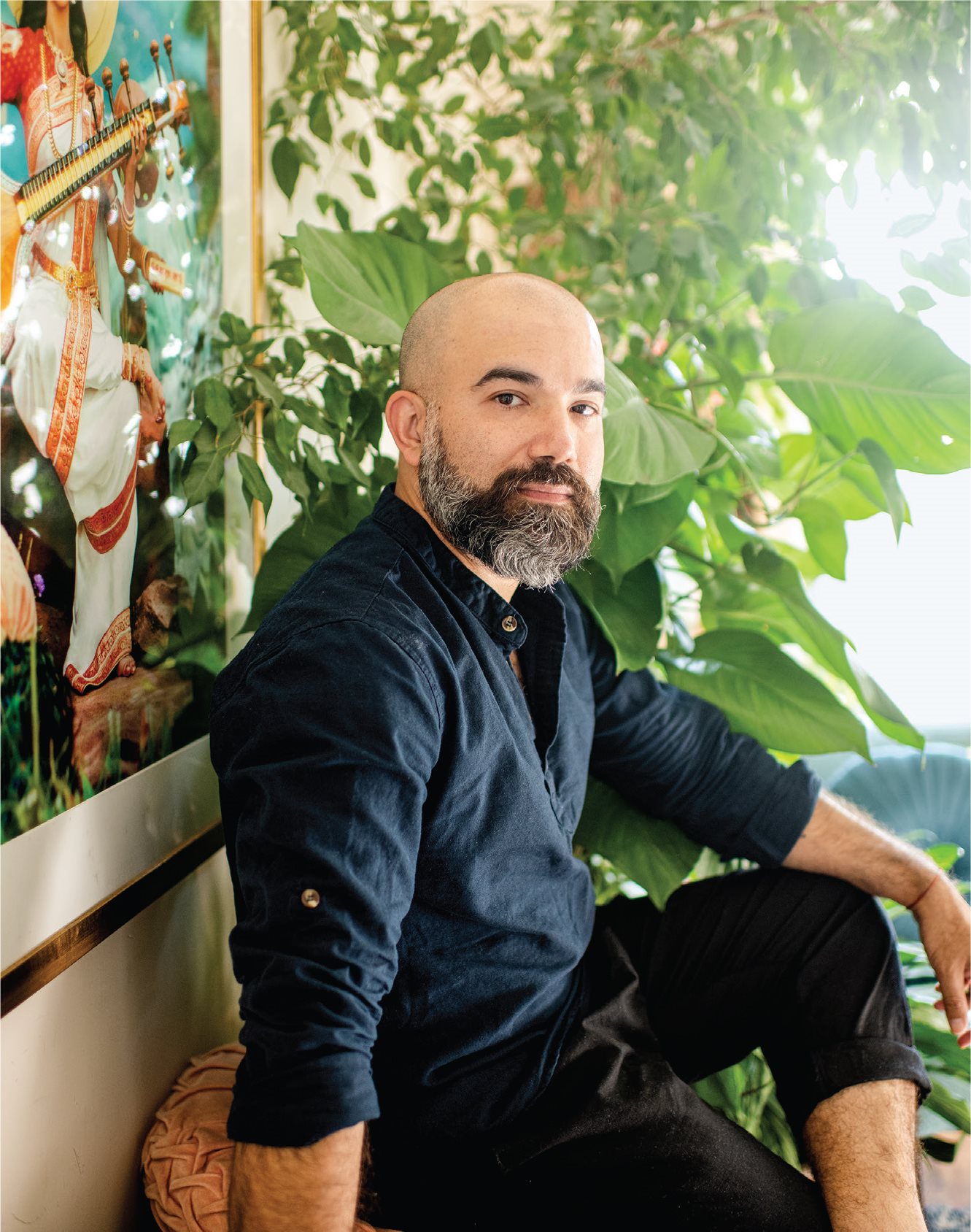
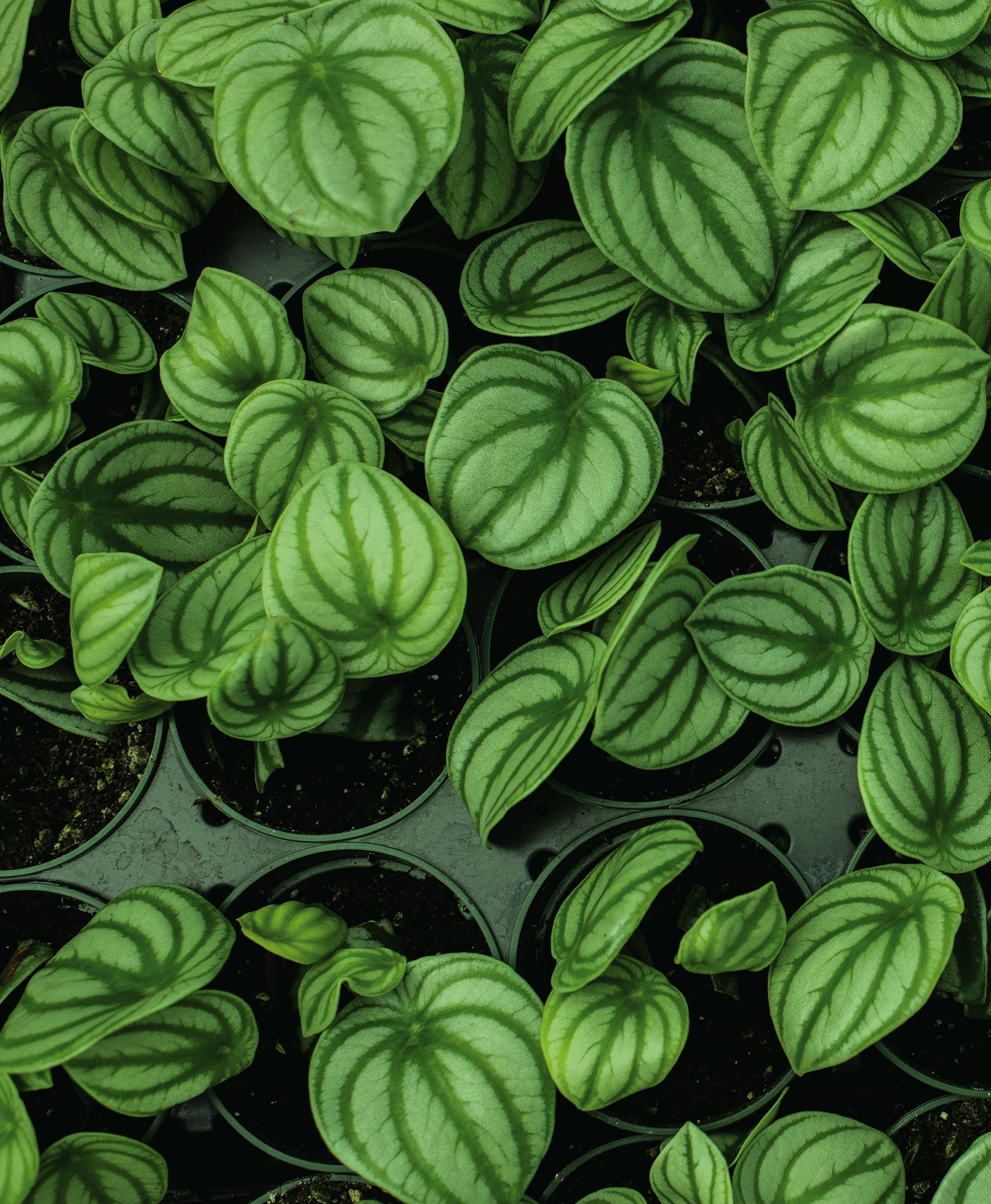
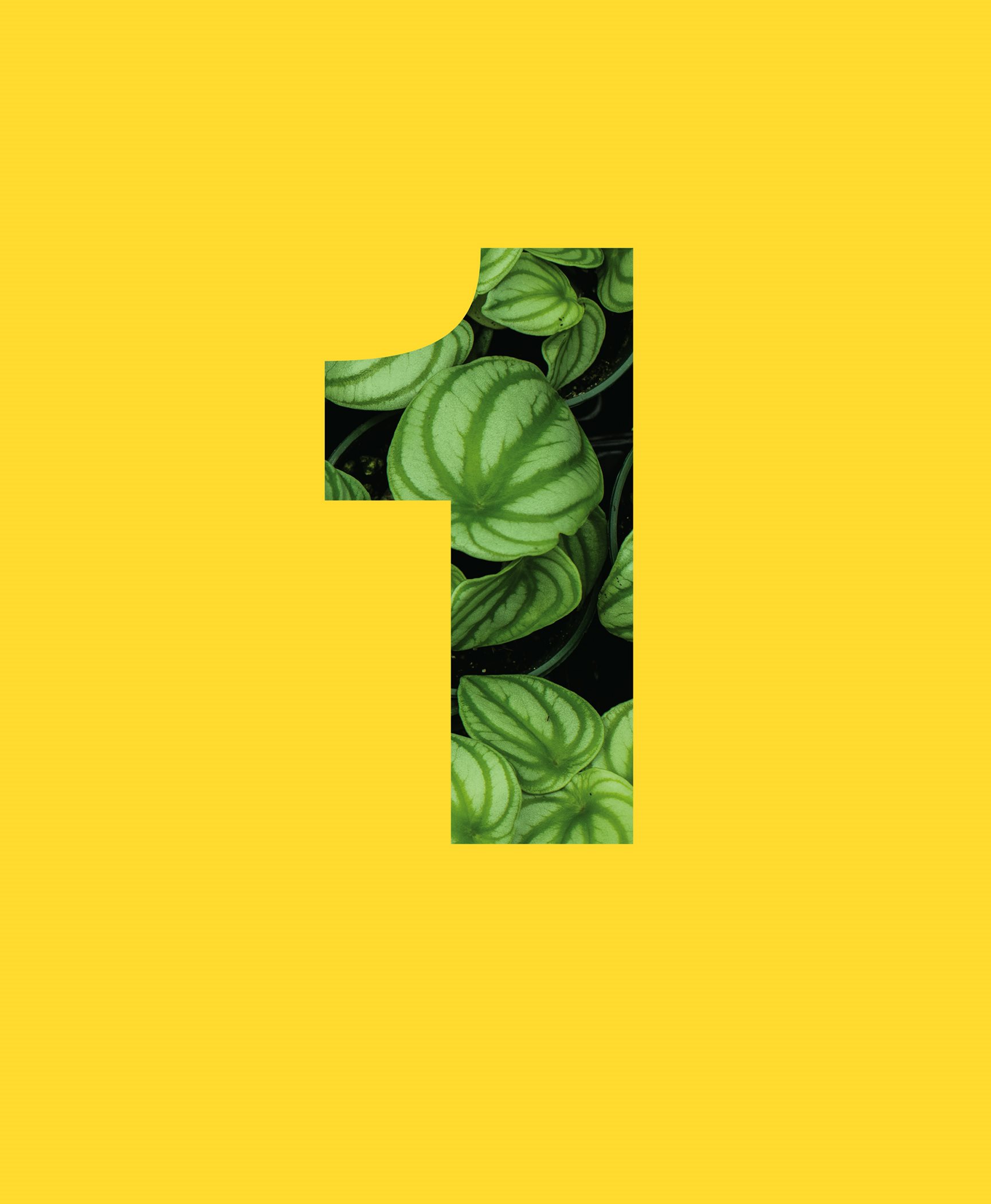

Chapter One: Plants WHERE DO PLANTS COME FROM?
I might have been six or seven years old when I cut into the stem of a rubber plant ( Ficus elastica , Ruby) in the verandah of my childhood home and watched, strangely mesmerized, as the white fluid bled out of the plant. It was common to see my mom clip a leaf or two of tulsi, or holy basil, and boil the leaves in her chai for flavor. The idea that plants are alive never occurred to me until one day, soon after creating a small stab in my favorite victim, I went inside and saw an ad playing on TV about deforestation. In it, an animated plant talks about feeling pain, encouraging people to stop cutting down trees and to plant more seeds for the future. I went outside with tears dripping down my face and apologized many times to the plant before placing a Band-Aid over its wounds. It would take me many years to fully understand how humans develop a relationship of mutual care with nature and that plants are intelligent creatures. The one positive from that experience was that I did learn that they are truly living.


